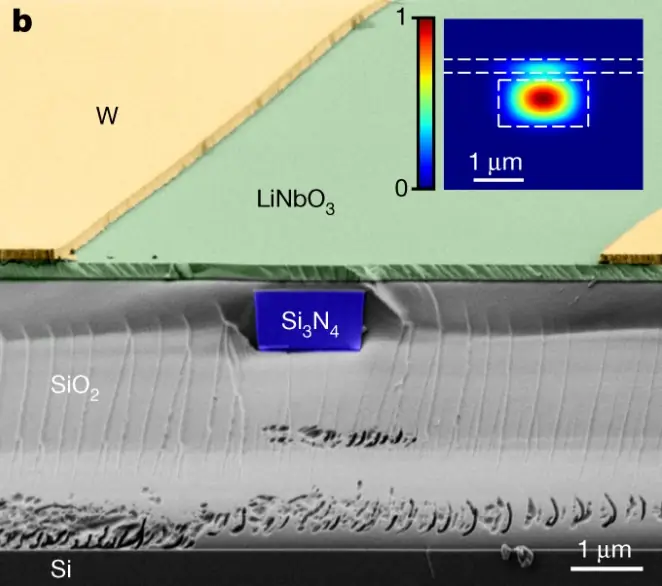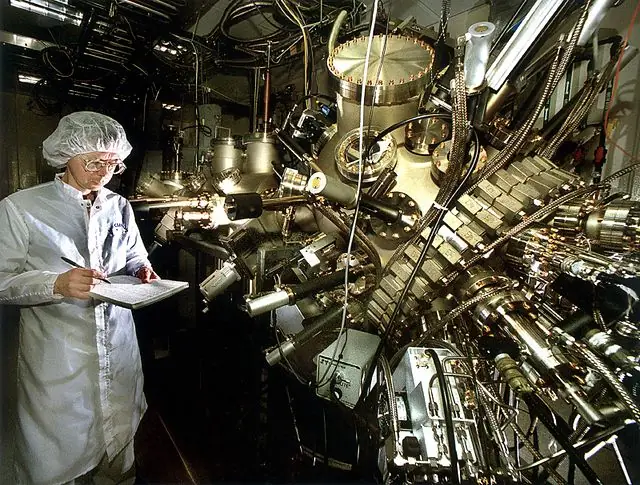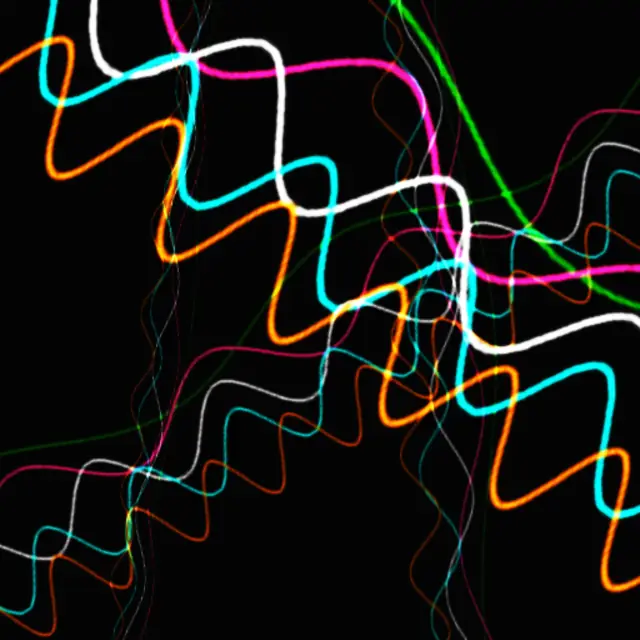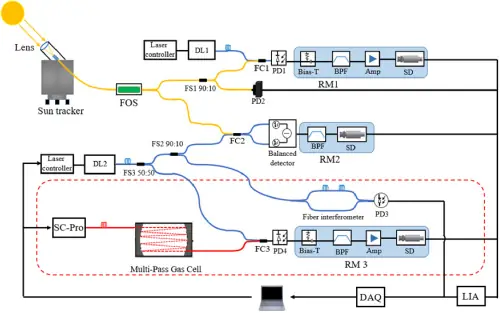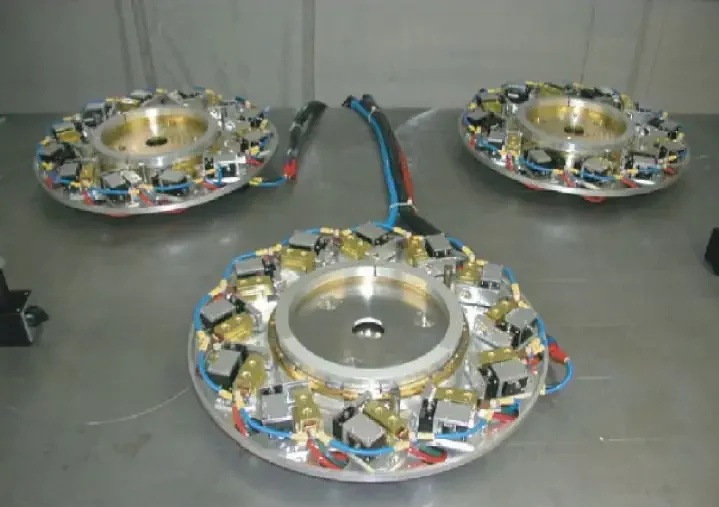Breakthrough in Ultrafast Tunable Lasers with Lithium Niobate Integrated Photonics
In a groundbreaking development, scientists have successfully demonstrated the capabilities of ultrafast tunable lasers using lithium niobate (LiNbO3) integrated photonics. These lasers showcase narrow linewidth while maintaining extreme frequency agility, allowing for tuning rates at petahertz per second.

